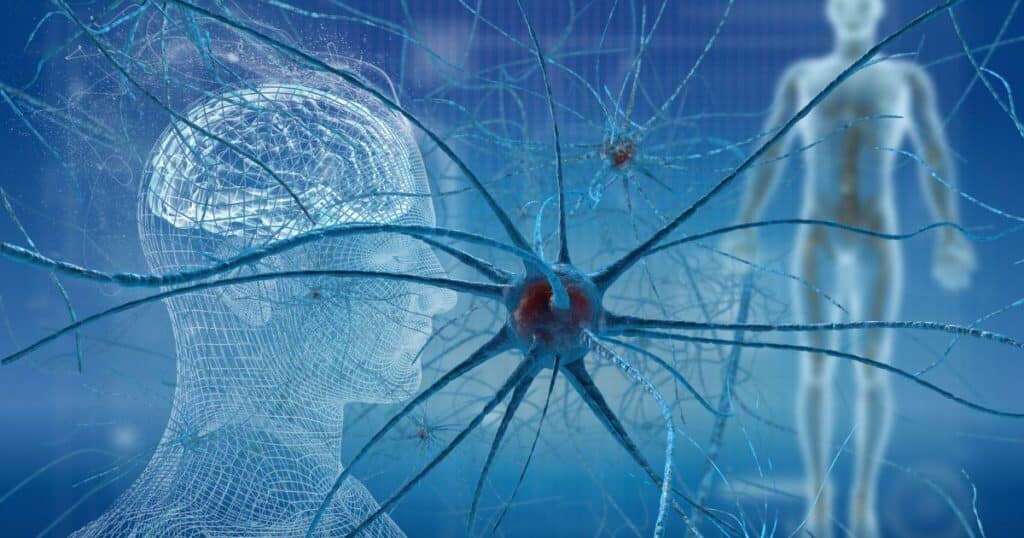THC is short for tetrahydrocannabinol and is the most abundant cannabinoid in marijuana and is primarily responsible for the plant’s psychoactive effects. These effects can include heightened senses, euphoria, increased appetite, and feelings of relaxation. This is why THC is often associated with the marijuana “high.”
When talking about THC we usually refer specifically to delta-9 THC, but tetrahydrocannabinols are a family of cannabinoids that share a similar molecular structure.

Other members of the family that recently gained lots of attention in the United States are delta-8 THC and delta-10 THC. Both are only found in trace amounts within the plant but can easily be produced artificially in a lab.
Methods of Consumption for THC
There are a variety of methods for consuming both THC. To experience the effects of THC, smoking dried flowers or resin are not the only options. THC can also be consumed through edibles, tinctures, capsules, powder, and topical creams.
Here are several methods of consuming THC, including:
- Smoking: The traditional way of consuming THC is by smoking dried flowers or resin. This method produces a fast onset of effects but can be harsh on the lungs and throat.
- Edibles: THC can also be consumed through edibles, such as brownies, cookies, and gummies. This method produces a slower onset of effects but can be more potent and long-lasting.
- Tinctures: THC tinctures are liquid extracts placed under the tongue or mixed into food or drinks. This method produces a fast onset of effects and allows for more precise dosing.
- Topicals: THC topicals are creams, balms, and salves applied directly to the skin. This method is helpful for localized pain and inflammation.
- Vaping: THC can also be consumed by vaping, which involves inhaling a vaporized oil or liquid. This method produces a fast onset of effects but can harm the lungs.
- Suppositories: THC can be used in a suppository. A suppository is another way to deliver a drug. It’s a small, round or cone-shaped object that you put in your body, often into your bottom. Once it’s inside, it melts or dissolves and releases its medication.
The Benefits and Drawbacks of THC
THC has many potential medical benefits, but it also has some drawbacks. Here are some of the benefits and drawbacks of THC:
Benefits of THC:
- Pain Relief: THC is known for its analgesic properties, which can help relieve pain caused by various conditions, including migraines, neuropathic pain, and arthritis.
- Increased Appetite: THC can stimulate the appetite, making it useful for individuals with eating disorders or for patients undergoing chemotherapy or radiation therapy who have lost their appetite.
- Muscle Relaxation: THC can help relax the muscles and reduce spasms, making it useful for patients with multiple sclerosis, Parkinson’s disease, or spinal cord injuries.
- Mood Enhancement: THC can produce a sense of euphoria, which can help alleviate symptoms of depression, anxiety, and stress.
Drawbacks of THC:
- Impairment: THC can impair judgment, coordination, and reaction time.
- Memory Impairment: THC can affect short-term memory, making it difficult to remember recent events or information.
- Paranoia and Anxiety: High doses of THC can cause paranoia and anxiety, especially in individuals predisposed to these conditions.
Understanding the Endocannabinoid System
The endocannabinoid system (ECS) is a complex network of receptors and neurotransmitters that are found throughout the human body. It plays a crucial role in regulating essential bodily functions such as hormone levels, heart rate, and sleep. The ECS works to maintain homeostasis in the body, which is a state of balance and stability that is necessary for optimal health. It accomplishes this by producing and utilizing endocannabinoids, which are similar to cannabinoids found in cannabis but are produced naturally by the body.
A major job of the ECS is homeostasis, which regulates many of your body’s essential functions, including:
- Hormone levels and fertility
- Heart rate
- Body temperature
- Hunger and digestion
- Immune function
- Sleep
- Mood
- Memory and concentration
- Pain
- Motor control
- Awareness of your senses

Your endocannabinoids communicate with your nervous system to keep all these things within acceptable parameters. When you consider that, it makes sense that cannabinoids can treat numerous medical problems.
An important difference between your endocannabinoids and cannabinoids from an outside source, however, is that yours work in precise coordination with only the system that needs correcting at that moment. When you inhale cannabinoids from, say, smoking marijuana, they flood through your whole body and make both desirable and undesirable changes at the same time.
How Cannabinoids Work in the Body
In 1988, Dr. Allyn Howlett and her team of researchers at St. Louis University first discovered the cannabinoid receptor, which is a type of protein found in cells that bind with cannabinoids like those produced naturally by our bodies or from plants such as cannabis.
Cannabinoid receptors were discovered because researchers tried to understand how phytocannabinoids like THC and CBD interact with the body. So they have named cannabinoid receptors after the main chemicals that activate them — cannabinoids.
Scientists later discovered that the body produces very similar molecules that fit the same receptors. They were named endocannabinoids.
Endocannabinoids produced by the body are similar to cannabinoids found in cannabis but are specifically tailored to interact with receptors in the ECS. On the other hand, cannabinoids from an outside source, such as cannabis, can interact with a variety of receptors in the body and produce different effects. For example, inhaling cannabinoids can affect the whole body at once, unlike endocannabinoids which work precisely with specific systems. This is why certain strains of cannabis may have varying effects on the body.
The Endocannabinoid System relies on two main types of receptors, CB1 and CB2, to help regulate physiological functions. CB1 receptors are located mainly in the brain and nervous system, while CB2 receptors are primarily found in immune cells. The main function of both types of receptors is to detect changes in the environment and activate pathways that can restore balance within the body.
CB1 receptors are essential in regulating mood, appetite, memory formation, motor control, coordination, pain perception, sleep patterns, and more. Although they are primarily found in the central nervous system, they can also be present in other organs, such as the liver or kidneys.
On the other hand, CB2 receptors are mainly involved in immune functions and inflammation. They are found in immune cells such as macrophages, B-cells, natural killer cells, and T-cells.
When cannabinoids such as THC or CBD bind to these receptors, they can cause body changes that help restore homeostasis. For example, when THC binds with CB1 receptors, it has been known to increase dopamine levels, reducing anxiety and improving mood.
Similarly, CBD binding with CB2 receptors has been linked to reducing inflammation and pain perception in the body. In short, both receptors play an essential role in maintaining balance within the human body by responding to environmental changes.
Enjoyed that first hit? Come chill with us every week at the Friday Sesh for a freshly packed bowl of the week’s best cannabis news!


















